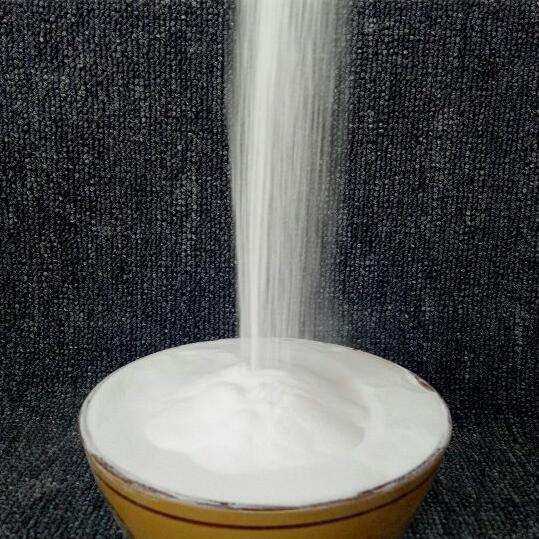A new process for producing high-efficiency flame retardant magnesium hydroxide using light-burned magnesium oxide powder

As society pays more and more attention to environmental protection and safety, the application of flame retardants has become more and more extensive. Among many flame retardant products, magnesium hydroxide (Mg(OH)₂) is favored for its excellent flame retardant effect and environmental protection characteristics. This article will introduce a new process for producing high-efficiency flame retardant magnesium hydroxide using light-burned magnesium oxide powder as raw material.
Introduction to light-burned magnesium oxide powder
Light-burned magnesium oxide powder is a product obtained by high-temperature calcination of natural magnesite, brucite or magnesium hydroxide extracted from seawater or brine. This material has high activity and a large specific surface area, and is very suitable for the production of magnesium hydroxide flame retardant.
Overview of the new production process
Wet preparation
The new production process mainly adopts the wet preparation method, which can better control the particle size distribution and purity of the product, thereby ensuring that the performance of the magnesium hydroxide flame retardant reaches the optimal state.
Reaction medium
Water is usually used as the reaction medium during the reaction process, and other suitable solvents can also be selected according to specific needs.
Additives
In order to improve the dispersibility and other performance indicators of the product, surface treatment agents or other additives are sometimes added.
Reaction conditions
Reaction conditions such as temperature, pressure, stirring speed, etc. need to be precisely controlled to ensure the quality and performance of the final product.
Key technical points
Chemical reaction: Lightly burned magnesium oxide powder reacts with water under appropriate conditions to produce magnesium hydroxide.
Product quality: The new process is designed to produce high-quality flame retardant magnesium hydroxide, which usually requires high purity, good thermal stability and suitable particle size distribution.
Cost control: By optimizing the process flow and selecting suitable raw material sources, the production cost can be reduced and the market competitiveness of the product can be improved.
Application areas
As a highly efficient inorganic flame retardant, magnesium hydroxide is widely used in plastics, rubber, coatings and other fields. With the increasing attention to environmental protection and safety, the demand for magnesium hydroxide flame retardants is growing rapidly.
Domestic and foreign developments
Domestic: China has rich resources and experience in magnesium hydroxide production, especially in the Golmud area of Qinghai, where a variety of production methods have been developed using salt lake resources.
Foreign: Japan also occupies an important market share in the field of magnesium hydroxide flame retardants.
Technological progress
Through continuous technological innovation, the yield and quality of magnesium hydroxide can be improved, while also reducing production costs. With the application of new technologies, the production and application of magnesium hydroxide flame retardants will be more extensive in the future.








